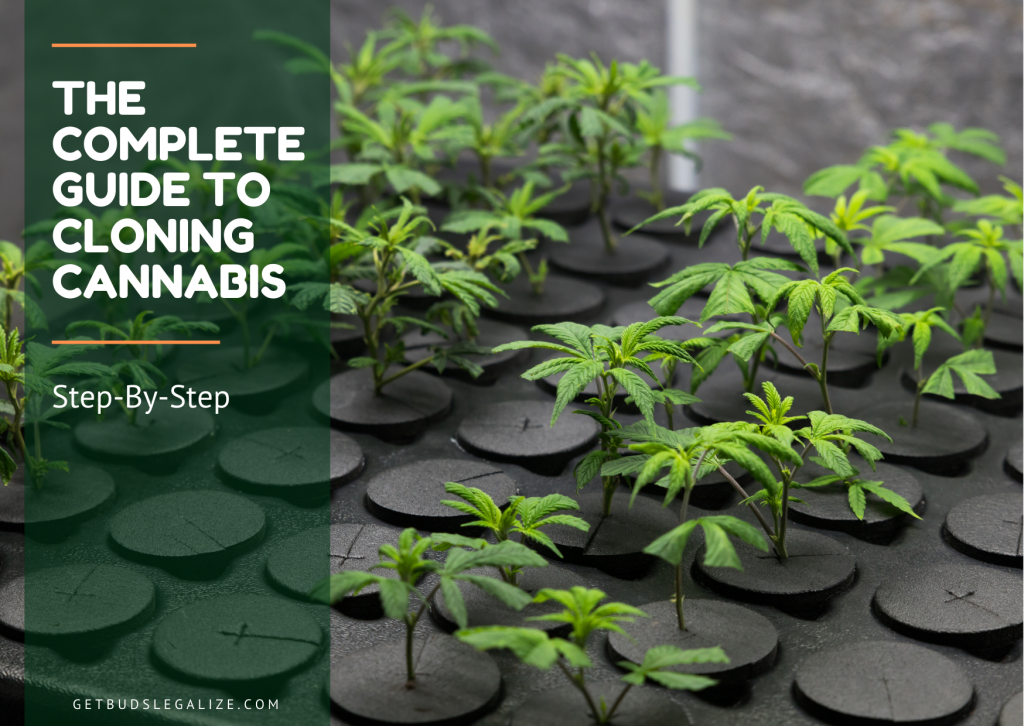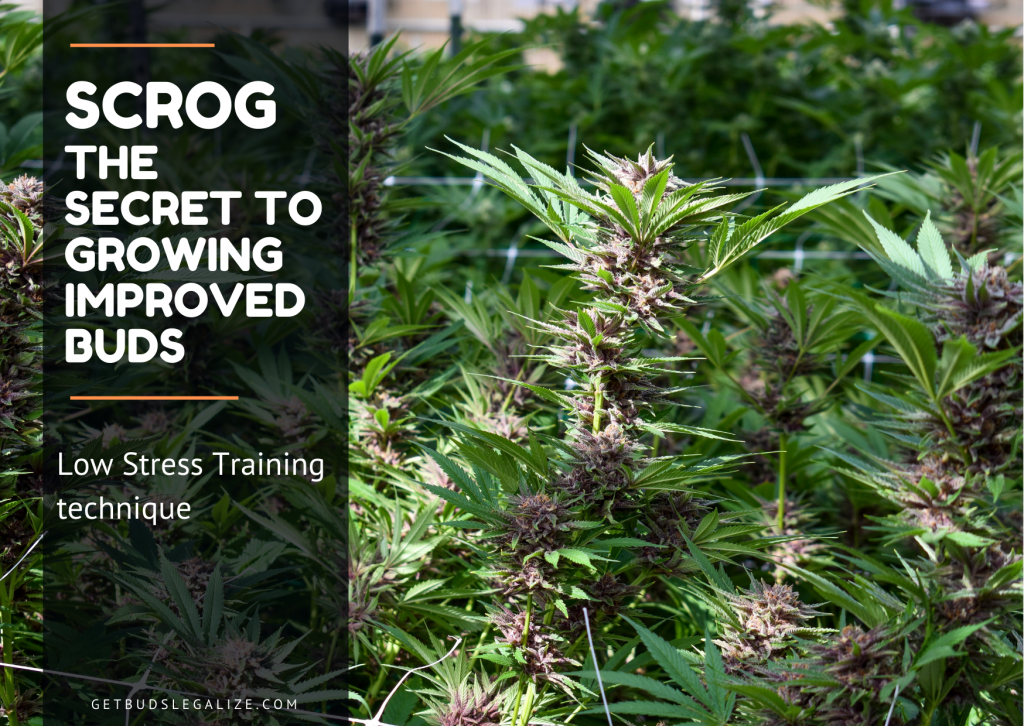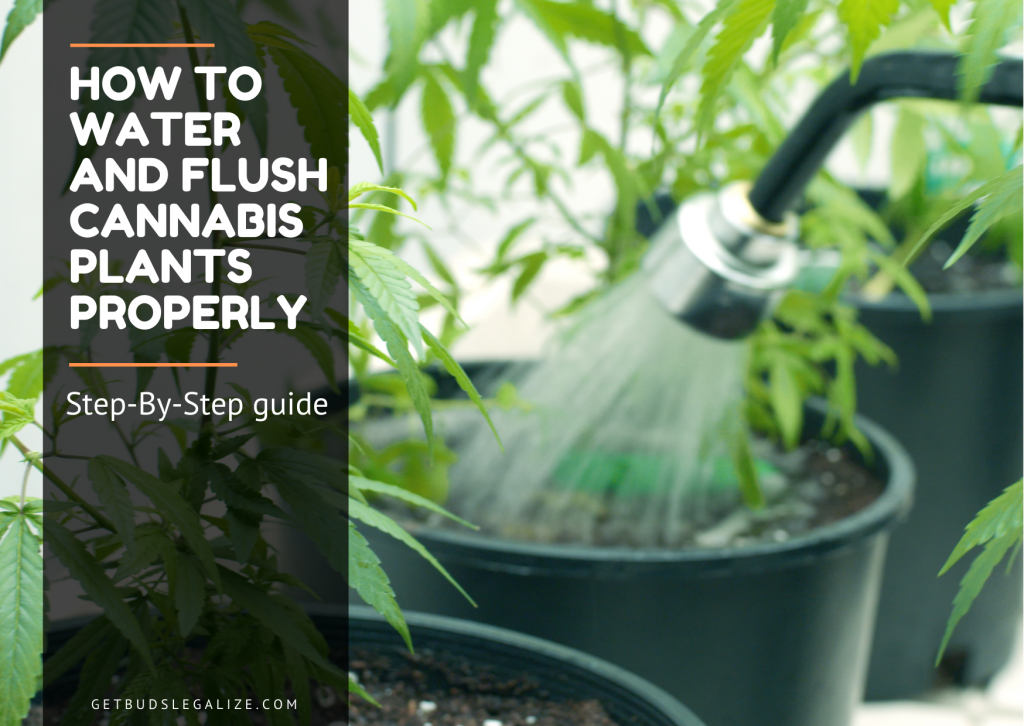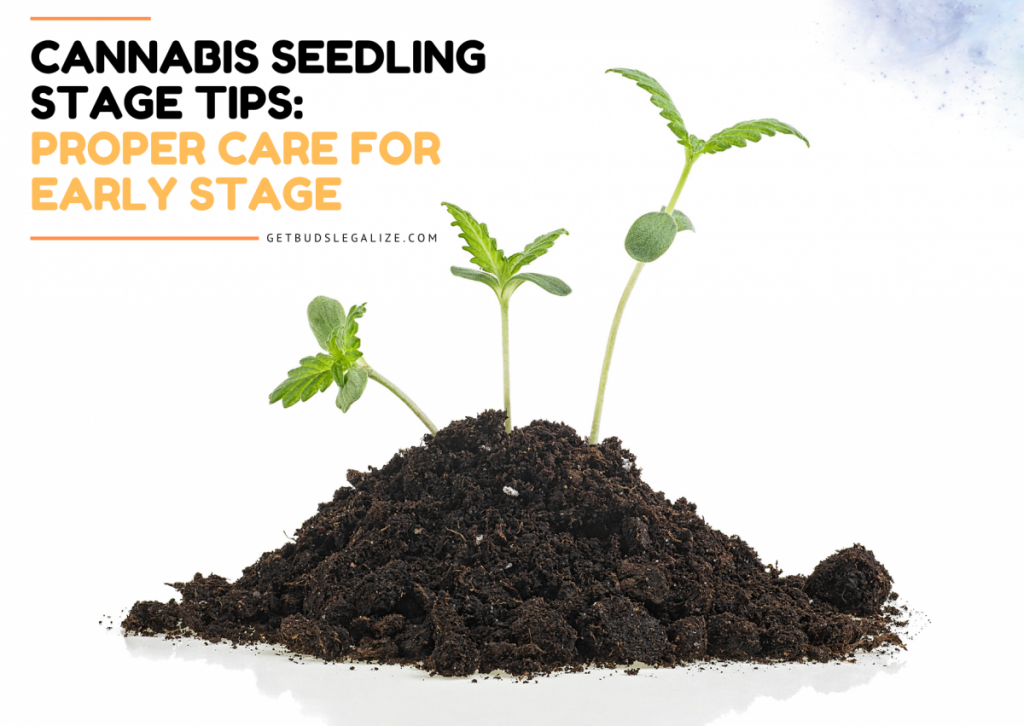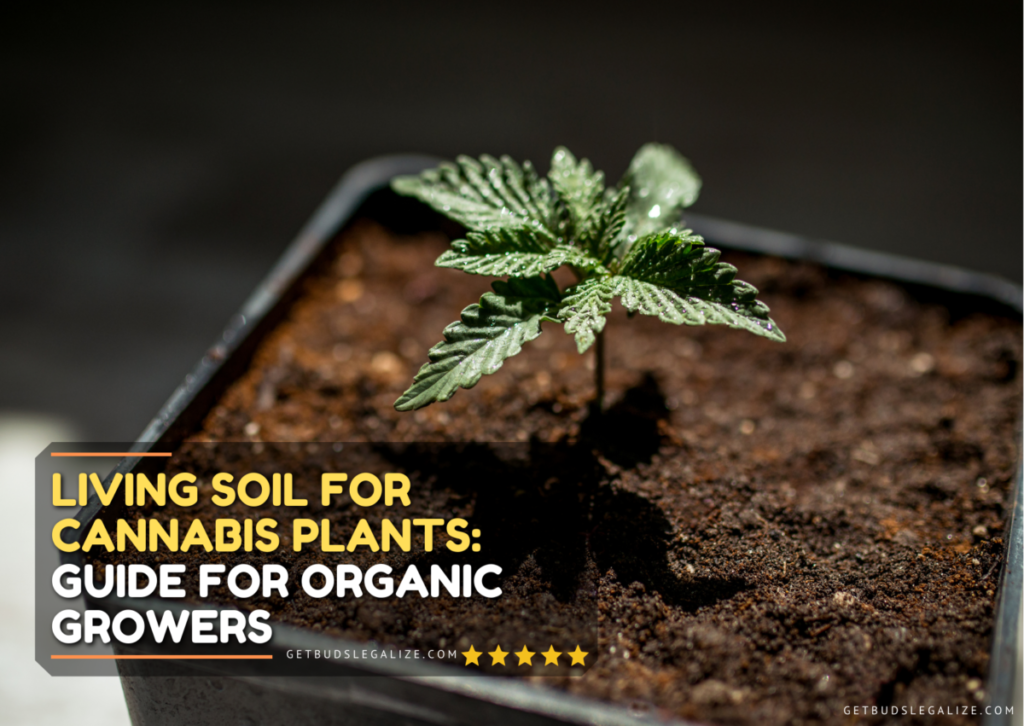How To Cloning Weed Plants In The Right Way
Cloning weed is probably the most useful tool in your garden when you want to cultivate fast, is a great way to increase the production of your favorite cannabis strains without having to start again from seed. It allows you to produce an unlimited amount of genetically identical plants at a very low cost.
Cultivators harvest stems from plants called mothers and cut these stems into short sections (clones), each with meristems on at least three nodes: one meristem will produce new roots, the other two may produce leaves. As a result, the success of clonal propagation within industrial production facilities is a critical determinant of operational efficiency.
There are many reasons to cloning weed plants rather than starting fresh each time. Today we are going to explain how to clone cannabis plants, show you which parts work best as clones, and share some tips that will give you significant results every time you clone.
What is A Cannabis Clone?
Cloning is a process of vegetative reproduction used to create an exact genetic copy of a plant. Cloning weed has many benefits, including the ability to grow multiple plants in small spaces using fewer resources than traditional growing methods.
Harvesting the number of clones from a plant is stable on by the mother plant’s size and stem architecture. Lighting is one of the most influential environmental conditions influencing cannabis production, as light radiation is a key environmental signal that regulates plant growth.
The process itself is incredibly easy to do with basic tools and inexpensive supplies. With cloning, you can produce new plants within weeks instead of waiting months for seedlings to mature. This guide will walk you through the steps necessary for cloning cannabis at home.

Why Cloning Weed Plants?
Not everyone has the time or skills to learn how to grow marijuana. Even if you are already well-versed in cultivation, it can take months of experimenting before you achieve the desired results you are looking for.
Cloning cannabis plants allows growers to bypass all of this trial and error that you can find by starting growing from cannabis seeds. They can simply take a cutting off of an existing plant that is thriving and mature and make an exacting copy.
What Is A Cannabis Mother Plant?
A Mother plant is a female marijuana plant that has been used to grow new plants. This allows growers to produce many more plants from a single mother than they normally could by starting from seeds.
Growing a mother plant involves carefully cloning a specific female marijuana plant and then taking cuttings from them, producing multiple “daughter” plants. In order to get started, you will need to find one or two healthy female marijuana plants to use as your base for the rest of the process.
They typically produce more buds than any other plant in a grow room, and their clones will contain the same genetic information as their parent (the mother).
We can keep mother plants for many years to produce an endless supply of clones. If you’re growing indoors, it makes sense to keep at least one mother alive at all times so that you don’t run out of fresh bud while your other plants mature.
How to Choose the Best Cannabis Mother Plants for Cloning Weed?
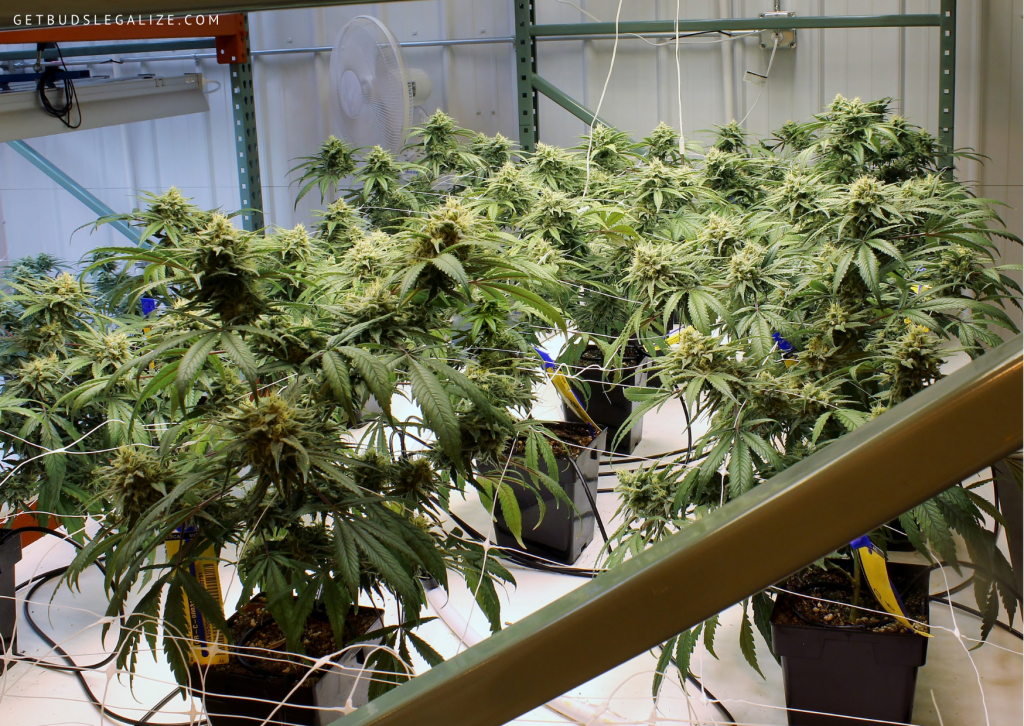
Cannabis is a dioecious plant, which means there are male and female plants. In order to grow buds, you need a mother cannabis plant from which you will cut clones for your other plants.
The way to choose the best mother cannabis plant is by looking at the traits that determine the quality of the final product.
First, decide what kind of cannabis strain you want to grow. Then, look at her structure and size. Next, check how fast she grows and what quality of buds she produces. Finally, determine if she has any genetic defects or diseases that could affect her growth. A healthy clone starts with a healthy mother plant!
Choosing The Right Medium And Setup

If you want to start a cannabis cloning operation, then it’s important that you choose the right medium to ensure success and healthy clones.
There are many methods for bringing your clones into the world. Some growers like cloning cannabis in rockwool cubes others prefer using soil or coconut coir. There are advantages and disadvantages to each method of cloning your plants, so it’s good to know what they are before making your decision.
1. Rockwool: The most popular choice for starting clones indoors is Rockwool. Rock wool is a mineral fiber that is commonly used in agriculture and horticulture. It’s an inert material that provides excellent aeration and moisture retention for young clones. This makes it useful for indoor plant farming since it allows plants to get enough water without drowning them. It’s also hydroponic-friendly, which means that it’s easy to start seeds or cuttings in Rockwool cubes before transplanting them into a hydroponic setup later on. The important thing to note is that his manufacturing process involves heating. By doing so, it kills bacteria and other disease-causing organisms.
2. Coconut Coir: Coconut Coir (/kr/), also known as coconut fiber, is a natural fiber derived from the outer husk of the coconut and used in products such as floor mats, doormats, brushes, and mattresses. Coir is the stringy element present between a coconut’s hard internal shell and its outer coat. We can use Coco and has significant results. It’s a natural, organic material that provides total control over nutrient ratios and nutrient strength. Since coco is inert, pests are less likely to be a problem when growing in a coco medium compared to soil. Growing cannabis in coco prepares you for both soil and hydro growing if you decide to try a new way in the near future.
3. Soil Mixes: Soil is known to be a great growing medium because it can hold more water than other types of mediums and because it has a natural pH level which is good for growing cannabis. It also gives your plants more root room and can support larger plants. Other benefits include better nutrient uptake and soil structure. There are also fewer chances of disease because the roots can spread underground. Cloning weed in the soil is a tried and true method with many growers reporting great success.
3. Perlite: Using Perlite is a naturally occurring volcanic glass in horticulture for decades. It is very light and porous, making it a dominant medium to grow plants in since roots can easily penetrate through it. Perlite also gives the plant plenty of oxygen to help it grow faster.
4. Peat Pellets: Peat pellets are another common choice among growers who want to clone their plants quickly. it is compressed peat moss that is encased in plastic mesh bags that allow air to flow in and out freely. These are great for cleanliness as you can reuse them and not have to worry about contaminating your growing medium when taking cuttings from several different plants.
5. Agar: Agar is the main component of one of the best cloning mediums for cannabis. It’s made out of plant-based gelatin, which has been used for decades in laboratories and research facilities around the world. Agar contains nutrients that are essential to optimal vegetative growth, such as nitrogen, vitamins, and minerals. Its properties allow it to retain moisture and nutrients, so that roots can easily penetrate the medium and make contact with its contents.
When Is the Right Time to Transplant Your Cannabis Clones?
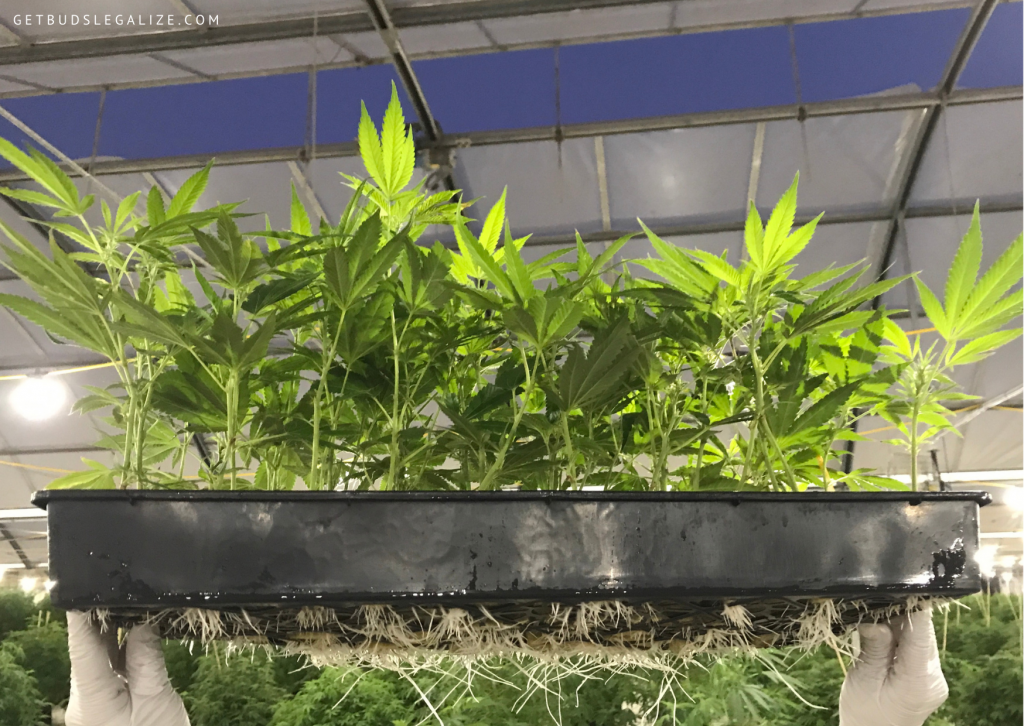
You’ve finally saved up enough money to purchase a grow light and make your first attempt at growing weed clones. You can’t wait to see how they turn out, but you don’t want to make any mistakes that will ruin the whole thing.
Transplanting is one of the most critical steps in growing marijuana clones, and it all comes down to timing, which is why we recommend planting clones at least 2-3 weeks before their final destination.
If you transplant too soon, they may not establish the roots enough for transplanting and they could die during this process.
Different Methods for Cloning Weed
Cloning weed is one of the most important steps in creating new plants. If you understand the basics of cloning, you’ll be able to reap the rewards of increased growth rates and higher yields.
There are two methods used for cloning: air layering and taking cuttings. Both methods can produce viable results, but each has its benefits and drawbacks for growers. By understanding the differences between these two techniques, a grower can choose which method is best suited for their needs. Taking cuttings is easier than air layering, but it takes longer to see results.
This is a great way to clone your favorite plant. Cloning weed, like many plants, by taking a cutting from the young plant and then re-growing that into a new plant. The best time to take cuttings of cannabis is during early spring before the end of April. This is when you can see there aren’t any male flowers on your female plants and the leaves are still small and not too bushy. Cut off a branch about 5 inches long with at least three or four nodes on it, although more nodes will give you healthier clones.
It involves taking a branch of your plant, and placing it in a glass or plastic container filled with water, and rooting hormone powder. Second, cover the branch with an upside-down, empty plastic cup. The idea behind air layering is that the hormones will help stimulate root growth at the nodes where leaves are adjunct to the branches. As new roots form, they grow into the water below, seeking nutrients and oxygen.
What Do I Need To Clone Cannabis Plants?
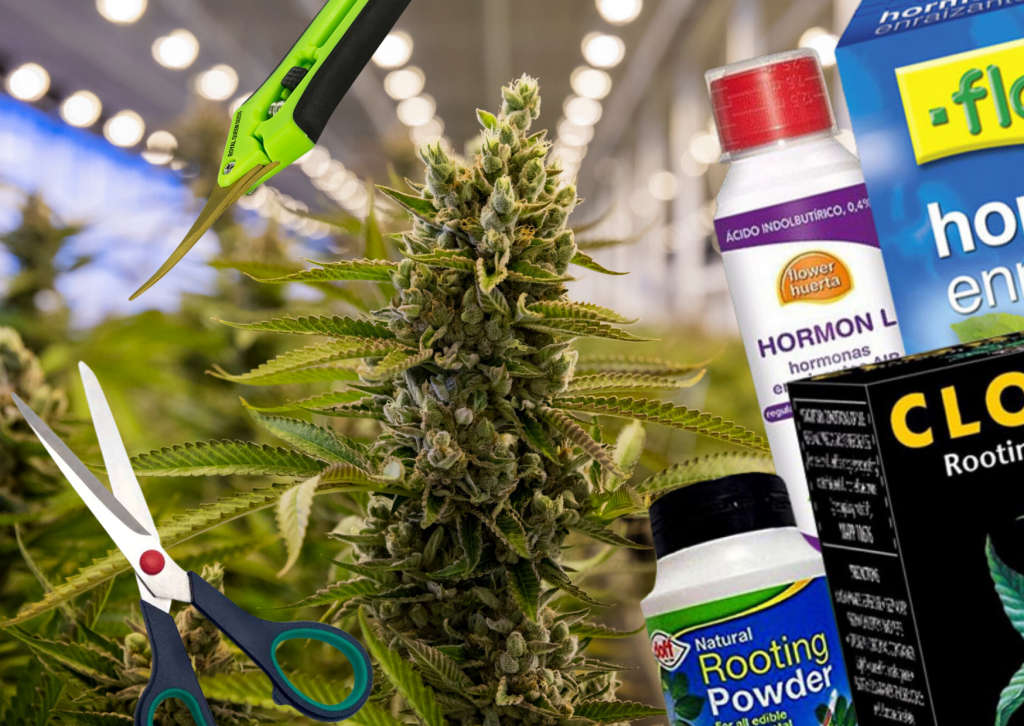
The first thing that you need is good-quality cloning tools. A lot of people invest in expensive equipment but this isn’t necessary at all.
You can start cloning weed with nothing more than some scissors, some rooting Gel (rooting hormone), and a good Rooting Medium (Coconut coir, perlite, soil, or rock wool). A good pair of gloves for handling the cloned plants is a must. Some growers use a spray bottle filled with water and bleach to clean their work area. A spray bottle is also a good idea to keep the cloning medium moist while you are waiting for the clone to root. A humidity dome or enclosed space can help increase humidity in your grow room if necessary.
You need healthy plants that are at least 2-3 months old (older is better) with plenty of green leaves, and healthy growth tips. Learn all about picking clones here!
How To Make Marijuana Clones: Step-by-Step
- Preliminarily, it is important to prepare your tools. Cleaning and sterilizing your tools will prevent diseases from spreading to the plant you are trying to grow.
- Before you cut a branch, consider looking for a healthy one. Branches should have at least two nodes and be strong enough to hold a new plant. Cuttings should come from the middle of your plant as those from the edges won’t have enough strength to grow into healthy plants.
- Use your sharp and sterilized scissors to cut the bottom of the stem at a 45-degree angle. This will help the formation of a strong root.
- After cutting, do not leave the stems to dry in the air as it can cause bubbles to enter the stem. Instead, submerge them immediately in a glass of water.
- Remove any leaves that are growing near the bottom of your cutting.
- We should place clones in a medium that’s warm and humid to grow. A temperature range of 70-80 degrees Fahrenheit is ideal, while humidity should be around 75%-95%. Clones need light, water, and humidity to grow successfully. A good spectrum of light in this phase is red and blue to root and photosynthesize properly.
- Check on your clones daily and make sure that the conditions are right.
- After around 2-3 weeks, your clones should have developed roots. Once they do, you can move them to the soil.
To Clone a Cannabis Plant In Soil, You’ll Need The Following Items:
- Soil potting mix
- A four-inch pot with Drainage holes (for each cutting)
- Fill the pot halfway with potting soil.
- Wet the soil thoroughly, paying special attention to the bottom layer.
- After that, plant the cuttings in the soil.
- To ensure that the roots have ample area to grow, we should place only one cutting in each container.
- This is the most common method of cloning.
- It’s great for cuttings that are taken into an outside garden or a larger container.
- Because you can’t see the bottom of the cutting, it’s more difficult to know when your plants have successfully established roots.
Common Problems with Clones and Mother Plants
They usually center on the common problems with clones around the genetics of the original mother plant. If your mother was sick, malnourished, or under stress at the time of flowering, this will influence her offspring’s health.
It’s important to understand that if you take a cutting from a healthy mother who has had all their nutrients during flowering, you will be far less likely to run into problems with your clone.
If the leaves of your clone are not nice and green when they sprout out, then maybe you should look into what is causing it. There are some things that can cause this problem that you can control (giving them too much light), but there are some things that will make it happen by nature (low nutrient levels in soil, genetics).
What To Look For When Buying A Cannabis Clone
When you are buying weed clones, there are important things to look out for. Here’s how to choose the right clone.
A reliable supplier will have cloning materials that are clean and healthy, hygienically packaged, and ready to use with minimal effort on your part.
A clone’s stem width is an indicator of its health. Narrow stems from a cutting typically mean that we took it from a weak, less viable branch. Clones with narrow stems may be more prone to disease and death or take longer to develop roots.
Inspect the clones you got from the dispensary or breeder. You don’t want to introduce any pests or diseases into your grow room, so inspect them for any pests, disease, pesticide residue, or genetic markers that could be harmful to your garden.
If you start growing from clones, there are a few precautionary steps that you should follow. In order to prevent disease in a clone, it is important to check for any early symptoms. Some signs that your plants may be diseased include a lack of vigor and limping or mutated leaves.
It’s important to clean and quarantine your cannabis clones before introducing them in your grow room. Pests may be present in the original medium. Repot your clone will help reduce potential root damage from pests. This is a good time to clean up any problems with pest management for your crop.
Take your time and introduce new clones to your garden gradually. Quarantine them for at least a week before adding them to the rest of your growth room.
Marijuana pests include fungus gnats, spider mites, whiteflies, thrips, and aphids. We can see some of these pests with the naked eye, such as fungus gnats and spider mites. Others may require a microscope or magnifying glass to see. A few of the primary advantages of growing indoors is the reduction of insect and pest infestations. If growers do not comply with environmental and/or are not careful about what they track, these tiny acolytes can cause problems and wipe out the entire harvest.
The first step in preventing insect infestation, as well as fungus, mold, mildew, and other contaminants, is to keep your grow room extremely clean and to use proper grow room air filtration to control and remove contaminants.
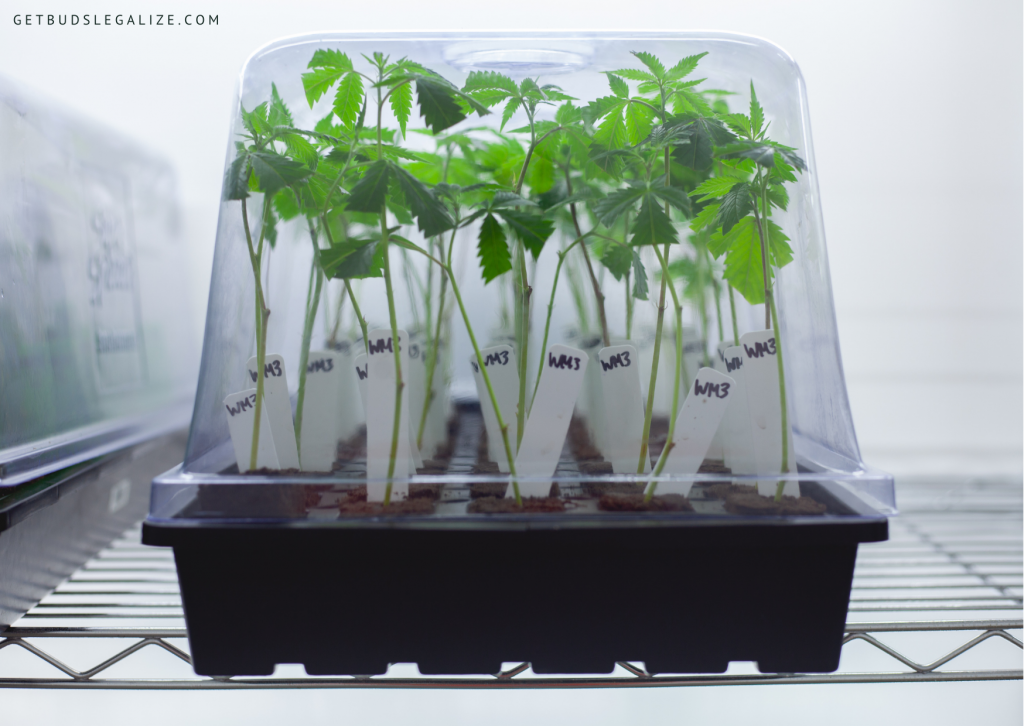
The Bottom Line: So That It Grows Perfectly Each Time!
The process for cloning weed plants is fairly straightforward, though it requires a little more than just sticking a cutting in some soil. If you want to grow cannabis, learning how to clone is an essential skill that can help you grow lots of plants quickly and save money on growing expenses.
We hope our tips and guide to cloning have been helpful to you. If you have any comments or suggestions, please let us know by liking and following our social media pages or visiting our website today!
FAQ
A cannabis clone is a cannabis plant that has been created by cutting off the tip of a female plant, removing all but a few branches, and allowed to grow from seed. It’s an easy way to have your own indoor weed farm on a budget.
The answer is yes! Like any other cannabis cutting, clones taken from clones are all genetically identical to their mother plants and will have the exact same characteristics as the original mothers.
You can start cloning whenever you want. But it is better to wait until a plant has reached full maturity. Usually, clone when the plant is ready to bloom. This way, I get more clones. However, wait until a mother plant has at least six knots before taking cuttings. Clones need at least two sets of leaves after they are rooted. By waiting for at least six nodes (the point where a leaf comes out of the stem), you’ll have enough material to take clones and still have plenty of growth left on your mother plant.

